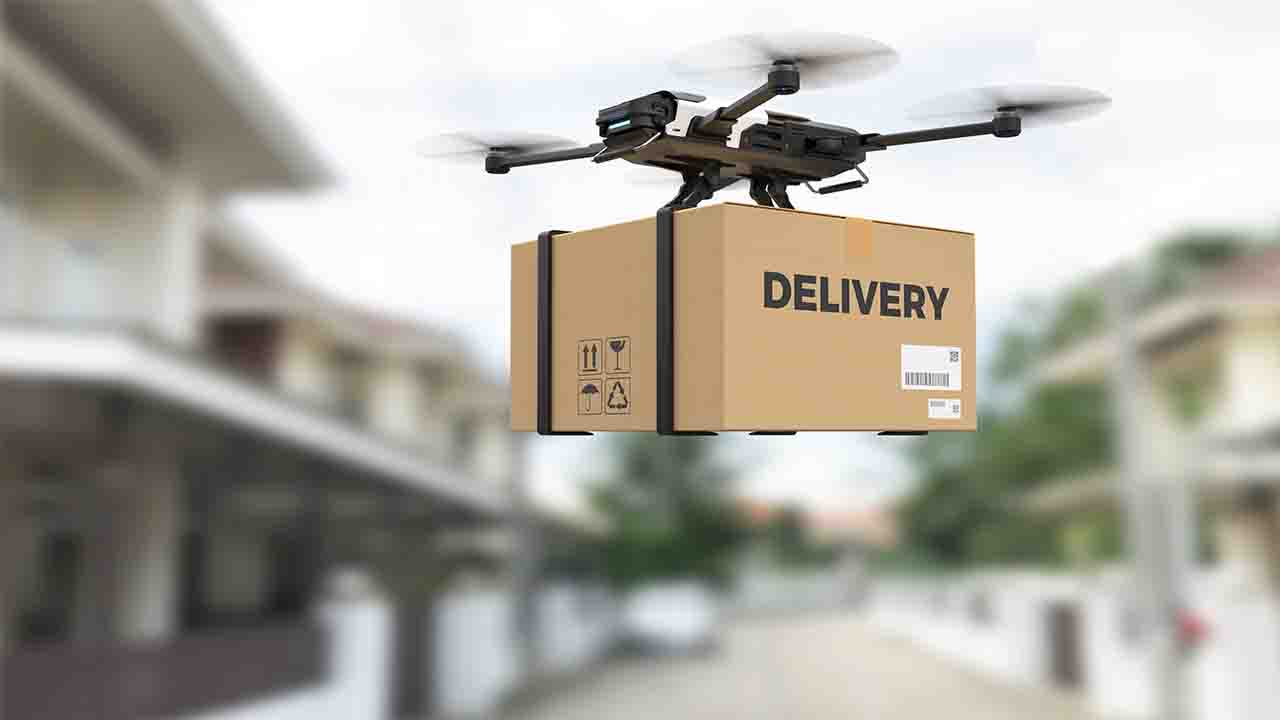Some healthcare officers in Canada are looking to the skies to transfer materials and acquire lab results faster.
Halton Healthcare lately accepted the use of drones to move medical samples and supplies between 2 Ontario hospitals, Drone Delivery Canada (DDC) declared recently.
The new arrangement between the hospital system and drone company comes four months after Omar Alghabra then–federal transport minister planned increasing drone safety guidelines for such uses in Canada.
The drone distribution will follow a two-way transference link between Milton District Hospital and Oakville Trafalgar Memorial Hospital, which are roughly 13 kilometers apart.
The drone, named the Canary RPA, will transport an assortment of critical medical supplies between the 2 hospitals together with urine cultures and blood tests.
Halton Healthcare and DDC’s agreement began in September and is scheduled to run for six months.
It is the primary use of drones for medical deliveries between hospitals in Canada.
“By cutting down transportation time and improving the security of medical samples, DDC is taking a vital step toward more effective and dependable healthcare services,” DDC informed in a news release.
Senior vice president of Halton Healthcare Hilary Rodrigues, said utilizing drones to transport medical supplies offers a significant opportunity to advance overall patient care and hospital services.
Without the restriction of traffic, drones are able to guarantee the network’s primary Oakville labs to get a hold of critical materials and samples faster than through other methods of transport, Rodrigues said.
“Patients waiting for the test results could be delayed because of transfer issues. So, the sooner those critical results can be transferred back to the bedside, the faster care can be delivered,” Rodrigues informed Global News.
The network’s lab reversal times were significantly impacted by the COVID-19 pandemic due to both a heightened demand and labour shortages, he said. Drones are able to plug some of those gaps.
“It’s dependable and faster,” said Rodrigues, who is also Halton Healthcare’s corporate services and principal financial officer.
Since the arrangement is fundamentally a pilot project, Rodrigues said the main hurdle currently is filling regulations.
“Right now, we’re just trying out these paths and we’re presenting to Transport Canada that these are in fact feasible. The goal here would be that we would see in the near future (drone deliveries) actually trusted on and it would be a commonplace and would be understood that it’s harmless for people, for our community, and would help hospitals dependably.”
Alghabra declared the projected Beyond Visual Line-of-Sight drone rules in June, as part of an alteration to the Canadian Aviation Regulations.
The alteration allows for lower-risk operations of drones outside visual line-of-sight, as well as the process of medium-sized drones inside visual line-of-sight.
Outside visual line-of-sight denotes to when the drone is outside the operator’s direct line-of-sight.
The new guidelines are among the first globally, a news statement by Transport Canada says.
“These anticipated changes would assist Canadians as it would authorize drone operations such as package transport to distant communities, first responder processes, and natural resources and wildlife studies to take place – among many other possible uses,” the statement said.
Radioisotopes are considered as hazardous material by Transport Canada. Archiving the qualification to transport unsafe goods was quite a momentous landmark for the partnership, as it permitted them to commence this next phase of moving lab specimens, Rodrigues said.
They are now working on acquiring approval from Transport Canada to fly outside visual line-of-sight for medical deliveries.
The environment also plays a role in the assistances of drone deliveries, Rodrigues said.
“We’re worried about the influence on the environment. A car travelling up and down as a taxi between the hospital locations is just obviously not efficient,” he said.
A study published found drones release 84% less greenhouse gasses per parcel than diesel vehicles do.
CEO of DDC Steve Magirias, , said the capability of drones to fly over traffic generates “endless” prospects. In addition to transferring medical supplies between hospitals, he said drones can also transport to rural communities where access is typically more challenging.
In 2021, Stellat’en First Nation and the University of British Columbia completed a year-long study that made use of drones to transport medical supplies to distant communities.
Magirias said the scheme was “proof” of what drones are capable of.
“We soared over a body of water. Up in the underserved societies, whether they’re First Nations or any additional group of people, I think the drones can avoid a lot of that through in-flight and transport what’s essential for those communities going forward,” Magirias told Global News.
In terms of worries regarding drones flying over people’s heads, Magirias said “there is nothing to be afraid of.”
He pointed out safety features such as a parachute on the latest Canary drone that permits it to safely fly over people.
“Most people are worried because they think the drones are recording or spying on them. We’re a delivery company. We do not have cameras that are actively monitoring or recording as we fly.”








